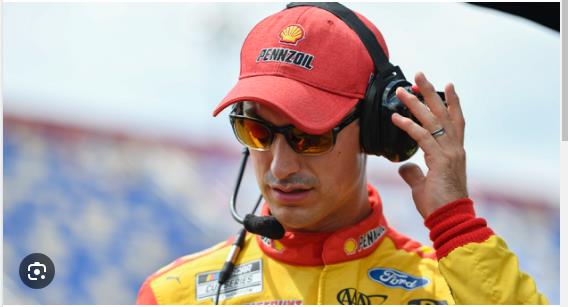With turf toe slowing him down at the conclusion of spring training, Trevor Larnach began the season with Fort Myers on a rehabilitation assignment. Despite the expectation that Larnach would return to Triple-A St. Paul, Matt Wallner’s dreadfully slow start created a window of opportunity. Wallner struggled through the spring training program following a strong rookie season, starting the season 2-for-25 with a 17-to-3 strikeout-to-walk ratio. One of those two hits came from a position player and was a home run.

Wallner’s loss is Larnach’s gain, since Larnach and the person he is replacing have experienced a lot of the same circumstances. Even though Larnach has experienced injuries over the last three years, he has never participated in more than 79 major league games in a single season. Even though the illnesses have had an impact, the main reason for this is the need for increased output.
Larnach has played in 188 big-league games, although he only has 20 home runs and a 95 career OPS+. That is a lot to ask for from a player of his build and heritage, and last season Minnesota put the former Oregon State Beavers outfielder on a quest to locate the power production.
Despite having 212 plate appearances with the parent club the previous season, Larnach only managed seven doubles and eight home runs. Although his three triples were out of the ordinary, Rocco Baldelli still starts him in the lineup to drive the ball. A significant portion of the Larnach draft hype revolved around exit velocities, but at the top level, that hasn’t consistently materialized.
For the Twins outfielder, hitting the ball hard is not enough; a more polished method needs to emerge. Throughout his career, he has often recorded strikeout rates above 33%, while his walk rate didn’t rise beyond 12% until the previous season. In 2023, he hit 46% of hard balls, which was about 10% higher than anything he had ever achieved in his career. He also had a nearly 50% increase in fly ball hits.
For a while now, the book on Larnach has been an unremarkable pitching machine. Although he is a fastball hitter, he has seen pitchers virtually cease throwing fastballs to him. Last season, despite having the lowest pull rate of his career, we saw him employ somewhat of an inside-out strategy. He also made a lot of contact going back up the middle. If he can drive the ball out of the park to the deepest portion, it will only add more hits, and giving up pull-side power may definitely assist.

Throughout his career, Larnach has appeared to be coming to terms with a number of situations on several occasions. In Wallner and Max Kepler’s absence, it would be fantastic to see another short heater. The team is suddenly lacking in power in the corners if Larnach isn’t able to be that player. Over the years, Minnesota has been waiting for it to take shape, and this is as good of a time as any.
Wallner took Larnach’s place during the previous season due to the latter’s poor performance. Now that the roles have switched, and despite his good health, the Twins require a bat with a high level of power. While Wallner and Larnach’s games have many parallels, one thing the Twins don’t need to experience is a crippling lack of consistency.


